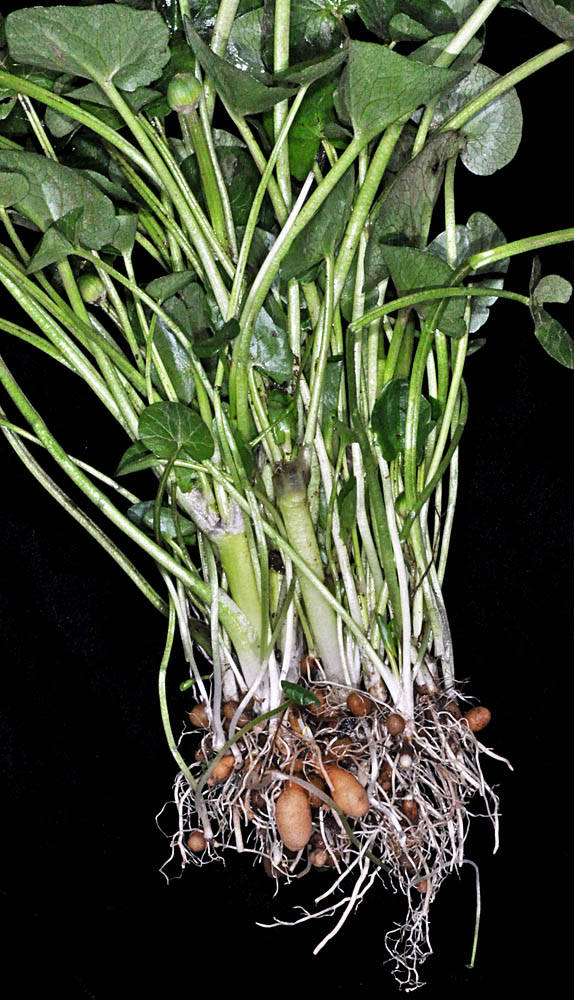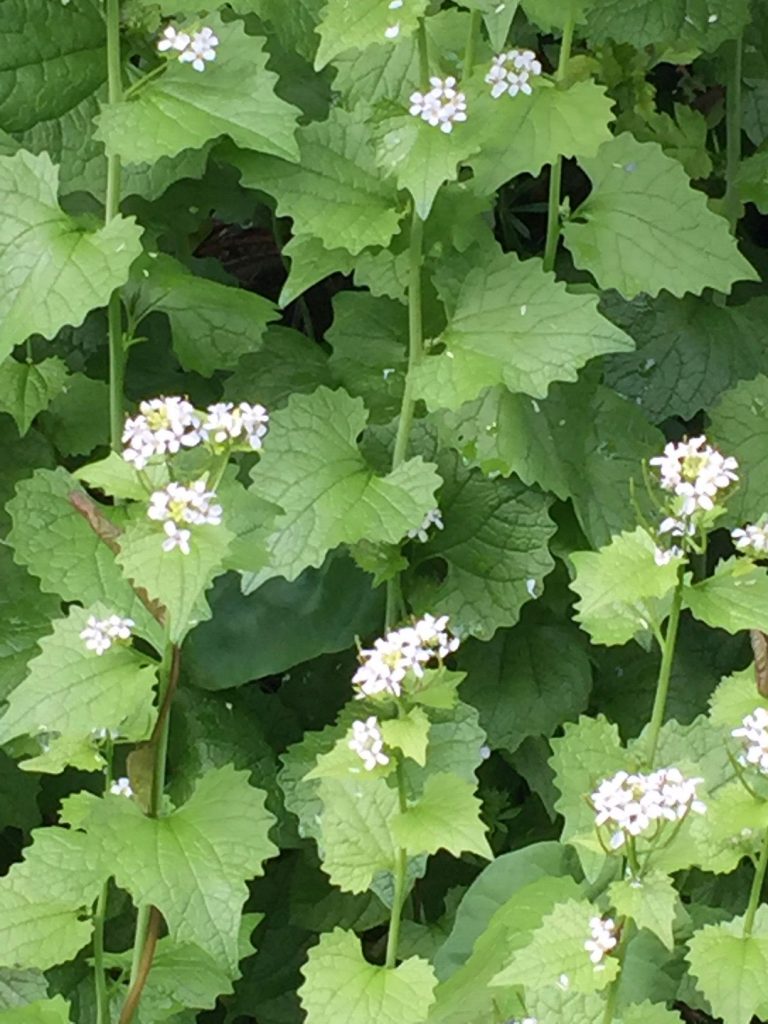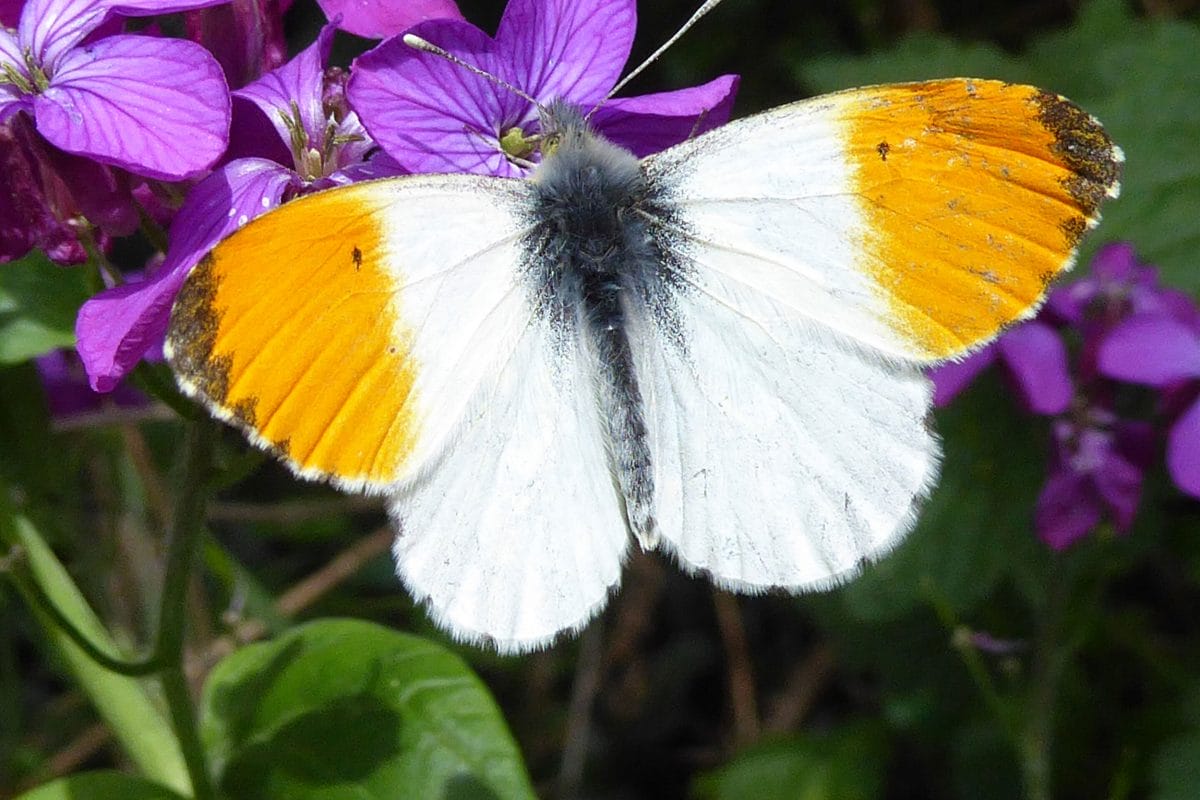Spring seems to get earlier every year. Before February had come to an end I was being woken by the fluty song of the blackbird. I even heard a blackcap make a stuttering start to his bubbly spring song.
The flowers are coming out earlier too. The bare earth beside trampled paths is coming alive with yellow.
Lesser Celandine
We’ve all seen this plant, with its heart-shaped leaves and often rather messy array of yellow petals. Gardeners may not like it, as it has a habit of spreading by roots, rather like the creeping buttercup.
It’s unassuming brightness, sharp against the wet soil, is one of the first signs of spring, and for me holds a special meaning as it was the first new flower I learned to identify when I was trying to get to grips with flowers that spring a few years ago (see my previous post Getting to Grips with Flowers).
But although this flower is yellow, behaves like a buttercup, superficially at least looks like a buttercup – and even until recently was classified within the Ranunculus (buttercup) genus – is not a buttercup, although it is related. This is the lesser celandine (Ficaria verna). It is not to be confused with the much larger, and unrelated, greater celandine (Chelidonium majus) that is in the poppy family.


The word celandine comes from the Greek chelidon which means swallow, and the flower is named because it is, like the arriving swallow, a harbinger of spring. It is albeit a much earlier harbinger of spring than the swallows, who arrive in April.
The lesser celandine started flowering this year at the end of February. I found a convoluted, boring and violent Greek story about the mythical woman called Chelidon, which reminded me why I used to hate reading a silly book of Greek myths and legends at primary school. Don’t worry, I will not repeat it here! Suffice it to say that for no apparent reason, Zeus turns all the protagonists of the story into birds at the end of the tale, and you’ve guessed it, Chelidon became a swallow.
The old name for lesser celandine is pilewort, or figwort. (There are other flowers called figwort, too). Both these names come from the fact that back in medieval times, celandine was thought to be a cure for piles. Fig was another word for a pile in those times – as in, “Aaagh! Me figs are playing up again!”
Why is lesser celandine supposed to be a cure for piles? Because – of course – of the Doctrine of Signatures, which always crops up in blogs, talks and books about plant folklore. The idea was, as some of you will know, that God made plants to resemble parts of the body (or conditions affecting the body) so people would know what plant to use as a cure for which affliction. Hence, liverwort was used for conditions of the liver and lungwort… (you get the idea) and many others.
Lesser celandine plants can propagate by spreading and detaching their bulbous, finger-like roots. Some bright spark got the notion that the roots of lesser celandine looked a bit like haemorrhoids (which they do, a bit) and so it became pilewort. Extracts of the tubers were made into a tea, or crushed with ice to form a poultice which could be applied to relieve the unfortunate pile-sufferers of old. Does it work? I don’t know, I’ve never tried it!

Lesser celandine roots, Gerald Carr via Oregon Flora CC BY-SA
Whenever I lead a nature walk and show people a new plant, there is always someone who asks, “can you eat it?”
In the case of lesser celandine the answer seems to be yes and no.
Foragers don’t think much of lesser celandine, and the websites I looked at warn you not to eat too many leaves, especially the older ones as they may be slightly toxic, which to me sounds like pretty odd advice. If they are even slightly toxic, why not avoid them altogether?
Lesser celandine is not as celebrated as some spring flowers, such as daffodils, snowdrops and bluebells. We almost seem to take it for granted.
Wordsworth loved the plant and wrote several poems in praise of it. There is a story that he wanted a picture of one engraved on his gravestone. A memorial plaque was made to celebrate his life, but the silly sculptor engraved a picture of the wrong celandine – the greater celandine!
Edward Thomas and C.S Lewis loved lesser celandine too. Look closely when you go for your early spring walks and admire these ‘scalloped splashes of gold’ as D.H. Lawrence called them. But be quick, they will all be gone by May.
Jack-by-the-Hedge
You will often find this one by the side of country lanes and paths, or gracing shady spots by hedgerows. The partial shade of the Nature Trail is an ideal place for it.
One of its folk names is Jack-by-the-Hedge. Botanists call it garlic mustard (Alliaria petiolata).

Jack by the Edge on the Nature Trail, Daniel Harwood
You will probably recognise this member of the cabbage, or mustard family (Brassicaceae) even if you don’t know its name.
It looks a bit like a nettle, with its heart-shaped serrated leaves, and it is similarly tall, growing up to a metre high. Unlike the hairy-leafed nettle, its leaves are smooth and hairless and the discreet creamy white flowers at its top each have four petals arranged in a cross shape; so-called cruciform arrangements of petals are a typical feature of flowers in the mustard family.
If you pinch or crush a leaf of garlic mustard, it will release a garlicky smell, hence its name. Although every time I try to demonstrate this interesting fact to people, I can usually obtain no smell at all, no matter how hard I crush the leaves. I then have to make an excuse such as, “Oh you see, these leaves won’t smell, of course, because they are far too young*!” (or *old/large/small/whatever I think will sound most plausible).
Garlic mustard is one of the oldest spices used in Europe. The source of evidence for this is interesting.
Some plants, including garlic mustard, have inside them rigid microscopic structures made from silica, which are thought to help provide rigidity and structure to the plant.
They are called phytoliths and are rather mysterious structures, but their importance to this story is that they are tough and persist for centuries after the plant has died. Garlic mustard phytoliths have been found in German and Danish pottery made 4000 years ago.
The plant was used to provide flavour to salted fish and meat. Europeans liked it so much that they introduced it to America, where now sadly, it is an invasive species. The leaves are still used today by some to flavour fish or provide interest to a salad.
Of more relevance to the Nature Trail, garlic mustard is important for insects.
The not very nice smelling flowers are frequented by hoverflies and midges. And it’s a food plant for the pale green caterpillar of the orange-tip butterfly (Anthocharis cardamines) who munch on the seed pods.


The leaves are a favourite food for the green-veined white butterfly caterpillar (Pieris napi).
Have a closer look at garlic mustard plants with holes in their leaves and you may find one!

We need to understand the connections between plants and animals, so we can appreciate their full value in supporting other living things.
No plant or animal lives in isolation from others. Gardeners unthinkingly pulling up garlic mustard plants, or foragers removing too much may be depriving two of our most beautiful butterflies of food.
Hopefully though, on the Trail, the garlic mustard will be left alone so we will be able to enjoy seeing the butterflies flitting down the dappled path this summer.
Further reading
- Celandine: The delicate flower, harbinger of spring, which Wordsworth thought more beautiful than daffodils – Country Life
- The Doctrine of Signatures – John Moore Museum
- Species of the day: Garlic Mustard | Sussex Wildlife Trust


